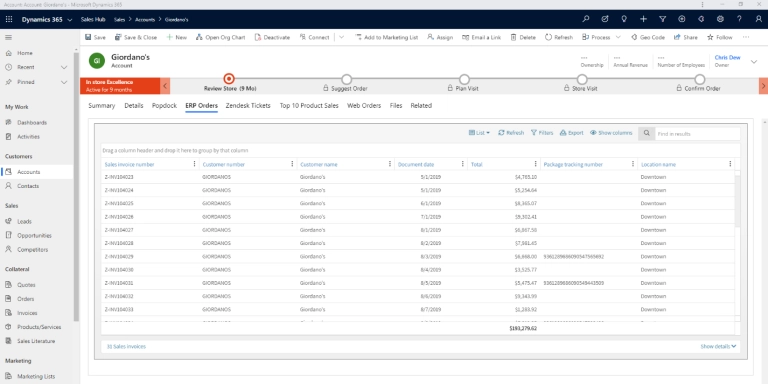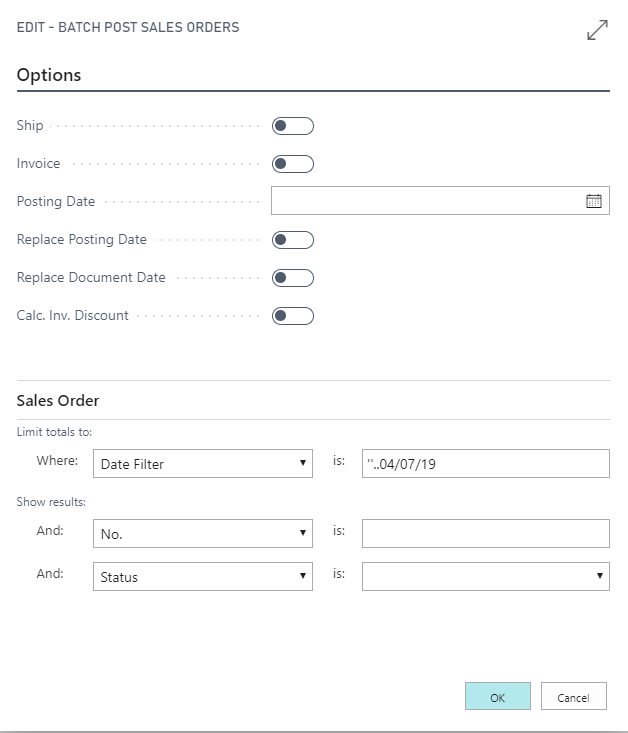Data migrations. They are usually costly, time-consuming, and frustrating, especially when it comes to sorting through years of data and retaining access to the data you still need.
Although data migrations may be stressful, they are necessary. You still need relevant data and quick access to it, even if you are moving on from your older system. You still need access to customer and transaction history, financial reports, project, and product documentation, and more to carry on your daily tasks without a hitch.
If you’ve already moved to a new system, yet you’re still maintaining your old SQL Server to access historical data, you are undoubtedly using too many valuable resources to maintain this access.
To help you understand how much your migration may be costing, we will cover the typical costs and concerns of data migrations. We will also offer a cost-effective solution that is less stressful and more efficient.
Why are data migration projects so expensive?
It’s not uncommon for migrations to exceed their projected timelines. Any time projects are extended, they will also cost you more money.
This is one of the many reasons why you need to ensure your potential migration partner’s strategy is reliable. You may find a more affordable option, but if numerous mistakes are made and the migration process takes longer than expected, it could end up costing you just as much, if not more, in the end.
There’s no doubt that the migration partner you choose is important, but the additional factors below are also making a huge impact on your migration costs.
Biggest costs for data migration projects:
- A lack of awareness of the ways data can travel: It’s often not as linear and simple as people think. There can be associated costs with particular kinds of data travel.
- Training internal team members on the new system and all the processes.
- Re-building reports and integrations.
- The time it takes to analyze the data that needs to be mapped to the new system, the data migration, and then closing out history.
- Licensing, hosting, storage, and security fees for both old and new systems.
- Maintenance of old and new environments: Managing data on-site is time-consuming, costly, and cumbersome.
- Downtime/disruption to the business.
- Vendor/consulting fees.
- Staffing dedicated to the project.
- Calculating workforce size: this can greatly impact the cost of data movement and storage costs because the more employees you have, the more data there is to move and store.
Depending on what you need, migration costs can vary greatly.
When you still need to access historical data, you can incur some additional costs to maintain access.
Additional costs for maintaining historical data access:
- The server that your old ERP/accounting solution was running on. If it’s on-premise and in-house, it’s likely paid for, but if it’s hosted, it could cost anywhere from $1000 to $4000 per month.
- The licensing for the old accounting system, (if you’re keeping it alive). If you are keeping all the data where it is in the old GP, NAV, or SQL database, it’s likely that you are also trying to ensure that it’s secure and on the latest version of the technology. This will require you to keep paying fees for licensing renewals to have access to the software.
- Security software licensing for the older environment.
- Storage accounts for the older environment.
- The staff or vendor/consulting costs ($100 to $300 an hour) to patch, update, and maintain the environment and database.
Data migrations to new accounting systems
Anytime new data is brought into an accounting system, it is marked with an “unposted” status. “Posting” is the final and accurate version of the data down to the penny, and every business sets a general process to “post” transactions.
When it comes to migrating data to new accounting systems, you need to open up all the history, import it into the new system, and re-post it down to the penny. This must be precise and can’t be off by one cent!
For this reason and many others, good consultants lean toward bringing in as little history as possible (only the data that is current and needed immediately) and offer a different strategy to work with historical data.
Save time and money with Popdock and an Azure Data Lake
Stop racking up unnecessary expenses to maintain your old environments. For a fraction of the cost, you can store, view, and work with any type of record by implementing a virtual integration with Popdock and an Azure Data Lake.
You no longer need to pay licensing, maintenance, or staffing fees to access historical data. In the Popdock interface, you can work with any type of data, historical and otherwise, without having to maintain old servers, move everything, and bog down your new system.
Transfer the data you need to a cost-effective Azure Data Lake. For a month, you can get a terabyte of Azure Data Lake storage for $20 and access it endlessly. Explore your pricing options by using the Azure Data Lake pricing calculator, and by watching this video, Understanding the Costs of your Azure Data Lake.
As the bridge between your new system and an Azure Data Lake, Popdock provides you and your team access to the data you need through the user-friendly Popdock app or on your system’s interface.
For more information on migration strategy, contact us
Are you interested in virtual integration with Popdock?
For questions about cost and how you can start saving time and money with Popdock, don’t hesitate to contact our sales team at sales@eonesolutions.com or 888-319-3663 ext. 1. They are always eager to provide help and answers for your migration and historical data needs.


